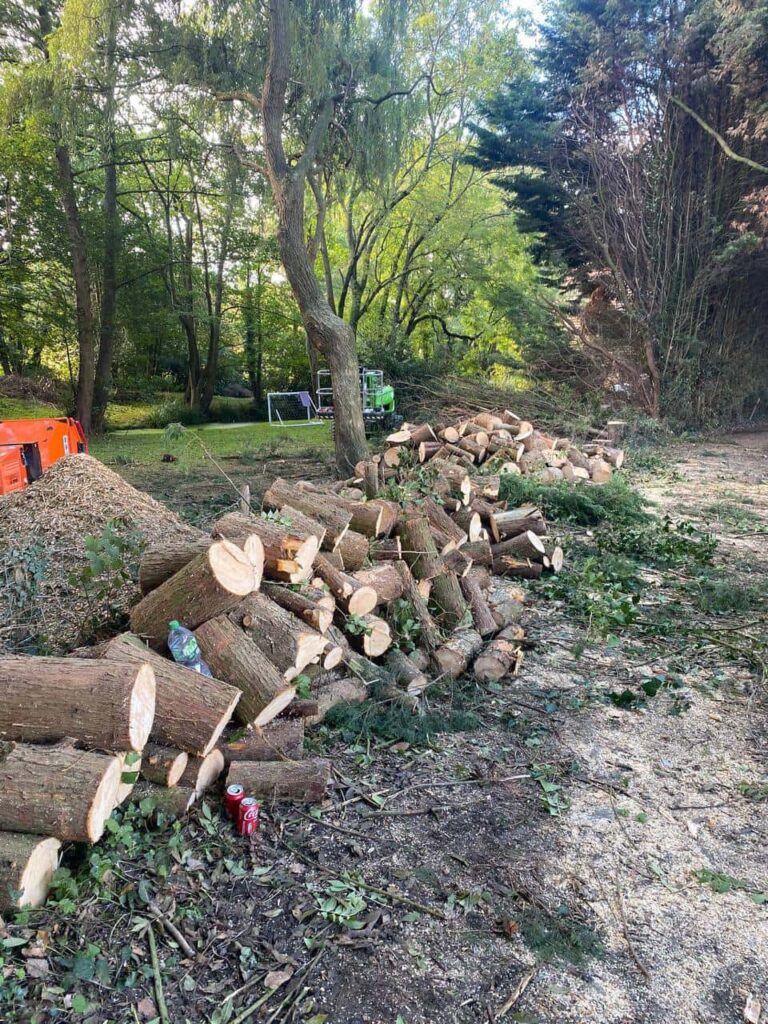Harmony in Hedgerows: Understanding the Environmental Impact of Hedge Cutting Practices
Introduction: Hedgerows are more than mere green boundaries; they are vibrant ecosystems teeming with life, providing habitats for wildlife, preserving biodiversity, and contributing to the health of our planet. However, managing and maintaining these natural treasures through hedge-cutting can have far-reaching environmental implications. In this guide, we’ll delve into the environmental impact of hedge-cutting practices, exploring how mindful management can promote harmony in hedgerows and support a thriving ecosystem.
Biodiversity Conservation:
- Hedgerows serve as vital corridors for wildlife, offering food, shelter, and nesting sites for a diverse array of species, including birds, mammals, insects, and plants. However, indiscriminate or overzealous hedge-cutting practices can disrupt these habitats, fragment wildlife populations and reduce biodiversity. By adopting mindful hedge-cutting practices that prioritise wildlife conservation, such as timing cuts outside of the nesting season and leaving sections untrimmed to provide refuge for wildlife, we can preserve the rich tapestry of life that thrives within hedgerows.
Habitat Protection:
- Hedgerows are crucial in protecting and enhancing habitat diversity in agricultural landscapes, providing refuge for native flora and fauna in an otherwise fragmented environment. However, aggressive or frequent hedge-cutting can degrade habitat quality, diminish species diversity, and compromise the ecological function of hedgerows. We can promote habitat resilience, foster species diversity, and create healthier, more resilient ecosystems by implementing hedge-cutting practices that mimic natural processes, such as coppicing or rotational cutting.
Carbon Sequestration:
- Hedgerows are significant carbon sinks, absorbing and storing carbon dioxide from the atmosphere through photosynthesis. However, excessive or unnecessary hedge-cutting can disrupt this vital ecosystem service, releasing stored carbon and contributing to greenhouse gas emissions. We can maximise carbon sequestration potential and mitigate climate change impacts by minimising the frequency and intensity of hedge cutting, particularly in mature hedgerows.
Soil Health and Erosion Control:
- Hedgerows play a crucial role in soil conservation, helping to prevent erosion, improve soil structure, and regulate water infiltration in agricultural landscapes. However, improper hedge-cutting practices, such as removing too much vegetation or disturbing root systems, can compromise soil stability and increase erosion risk. By adopting hedge-cutting techniques that maintain vegetative cover and minimise soil disturbance, we can protect soil health, preserve valuable topsoil, and safeguard water quality in our rivers and streams.
Aesthetic and Recreational Value:
- Hedgerows enhance the aesthetic appeal of rural landscapes, providing visual interest, seasonal variation, and a sense of natural beauty. However, excessive or unsightly hedge cutting can detract from the scenic beauty of hedgerows and diminish their recreational value for outdoor enthusiasts. By practising selective hedge cutting that respects hedgerows’ natural form and character, we can enhance their aesthetic appeal, create welcoming habitats for wildlife, and foster a deeper connection between people and nature.
Conclusion: Hedge-cutting practices have a profound impact on the environmental health and vitality of hedgerows, influencing biodiversity, habitat quality, carbon sequestration, soil conservation, and aesthetic value. By adopting mindful management practices that prioritise biodiversity conservation, habitat protection, carbon sequestration, soil health, and aesthetic value, we can promote harmony in hedgerows and support a thriving ecosystem that benefits both people and the planet. Together, let us cultivate a deeper appreciation for the ecological importance of hedgerows and steward their conservation for generations to come.
Call us on: 01508 505 537
Click here to find out more about Halesworth Tree Surgeons
Click here to complete our contact form and see how we can help with your tree’s needs.

